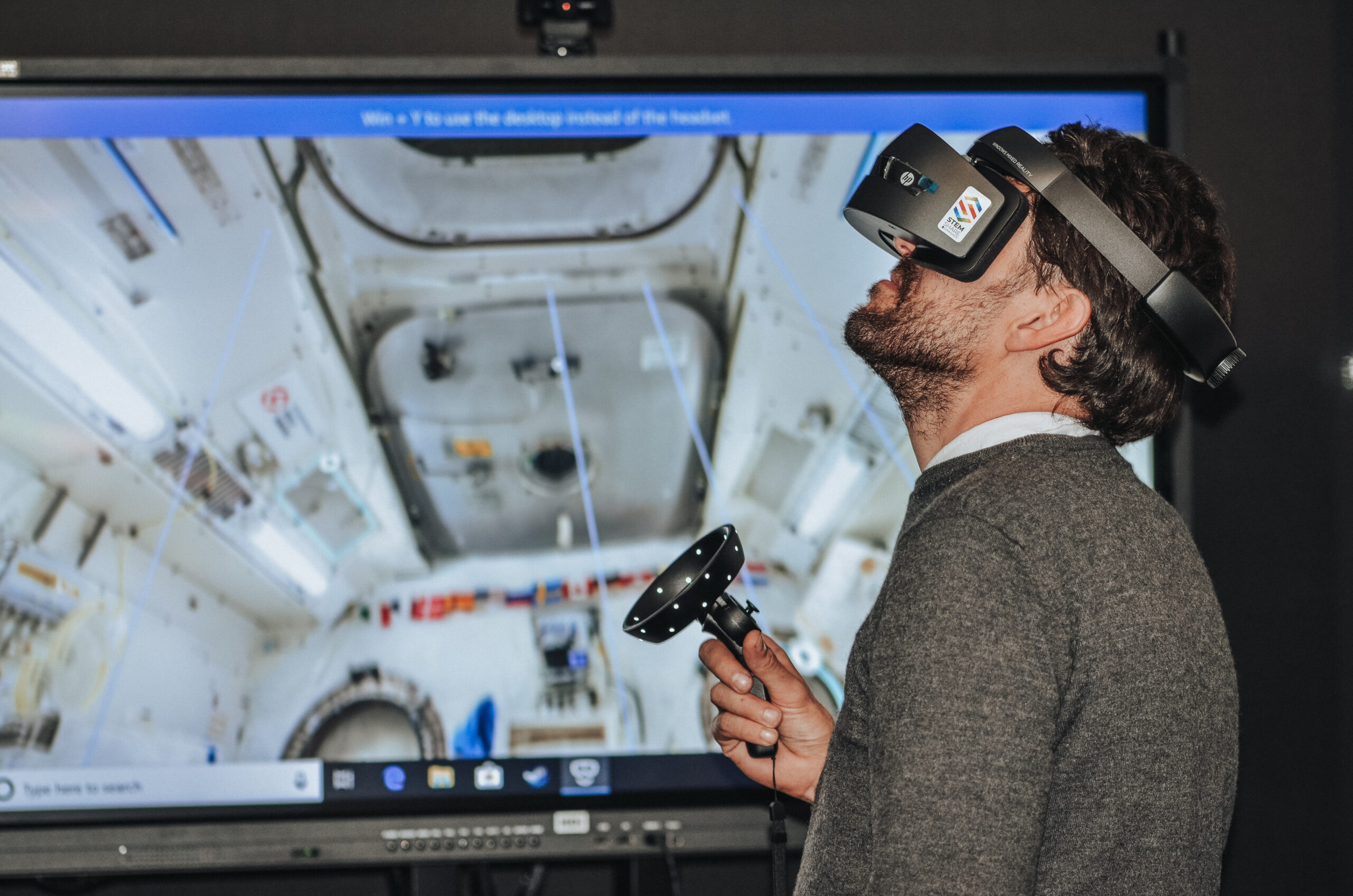By Monstarlab
Part of Life Science Series

In recent developments, mobile healthcare applications are coming to the fore and making era-defining impacts on healthcare. Increasing service mobility, accessibility, and affordability, a host of emergent mobile technologies are creating long-lasting changes in the industry. In the digital era, mobile apps are increasingly utilised and even relied upon for a wide range of functions. From cost-effective patient-provider communication and health information dissemination, to patient monitoring, appointment scheduling, and diverse record tracking, mobile applications are becoming popular options and solutions for modern healthcare.
With more than 318,000 health apps recorded and an average addition of 200 apps rolled out daily [1], it becomes apparent that the potential and benefits of going mobile do not go unnoticed. With this kind of competition in an oversupplied market, however, it becomes more of a struggle for providers to stay relevant and, even more so, to stay on top. That being said, we are revealing the top three technologies mobile health app providers can exploit to build and establish their presence in the market.
In this article, we will discuss:
- Timely technologies that increase mobile healthcare app functionality, flexibility, and efficiency
- Notable applications of such technologies in the industry
- Popular benefits enjoyed by enterprises maximising these advancements
Cloud-uploaded interoperable record data system
Digital data has been regarded by experts as the new fundamental wealth of healthcare and other sectors [2 & 3]. However, industry data confirms a major setback in fully maximising this resource – the lack of interoperability [2 & 3]. With data isolated in exclusive databases and becoming virtually incompatible with most systems and public software, important information becomes more difficult to share, analyse, and exhaust – slowing down services, research, and healthcare as a whole.
In order to use data to its full potential in mobile applications, providers must create an organised and interoperable system able to manage continuously expanding volumes of information. By migrating data to a secure cloud and implementing Artificial Intelligence and Blockchain to govern over data, organisations can easily access and share records, streamline and personalise customer experiences, and track necessary information. Altogether structuring a semantic interoperability, these integrations connect systems and stakeholders while keeping data secure and delivering service efficacy.
A study revealed that 46 percent of hospitals now have electronic access to patient information shared with and by other providers and sources – empowering faster and coordinated patient treatment, and improving their overall experience [4]. On top of that, mobile app providers with uploaded interoperable systems also have the advantage of higher productivity yet lower labor costs. According to research, system interoperability could save the American healthcare system more than 30 billion USD per annum by boosting transaction and service speeds whilst reallocating human labor to more profitable endeavors [5].
Big Data Analytics
Harnessing the power of data analytics for mobile health app data has also manifested to be among the most impactful technologies to digital treatment and care. According to research [3], with uncontrollable accumulation of medical data, one of the common challenges for many healthcare providers is making sense of the bigger picture. Through processing and interpreting relevant insights from large-scale consumer data, big data analytics is addressing such valid concerns.
With effective instrumentalisation of big data analytics, professionals can quickly source general information to assess individual patient conditions and act accordingly. On a larger scale, researchers in the field can also use data-driven relevant insights to consolidate massive information common symptoms and effective treatments to improve diagnosis and treatment formulation. All that said, big data analytics is proving useful in utilising data beyond customer support purposes – fundamentally getting more value for data as a resource in the community.
Integrated mobile payments system
Another era-defining trend for various industries and niches of mobile apps, integrating mobile payment systems in healthcare is creating a more convenient and accountable experience for industry stakeholders. Numerous health apps out in the market are providing patients and healthcare subscribers options to transact money digitally within their platforms to ensure superior, speedy, and compact user experience, as well as to secure and centralise backend tracking.
As Forbes stated in a recent piece, mobile payments are no longer the alternative and has positioned itself to be a requirement [2]. Illustrating the urgency and impact of this integration, another study also reveals that this feature also notably pays off in monetising more online services as opposed to mobile apps that offer limited payment methods and subsequently discourage transactions – making mobile apps with mobile payment options up to 10 times more profitable compared to those without [3].
Key Takeaways
- With the proper approach and necessary tools, the value of data from mobile health apps can be increased exponentially in research, service delivery, and overall industry progress.
- Data interoperability not only saves professionals and providers costs and boosts coordination, the fast information delivery also creates a more emergency-ready system for patients.
- Equally important to digital service developments, integrations for mobile payment alternatives also need to catch up in order to truly maximise mobile health app profitability and utility.
Endnotes
[1] IQVIA Institute, “The Growing Value of Digital Health”, 2017
[2] Forbes, “Mobile Payments Aren’t Alternative Payments Anymore”, 2020
[3] Deloitte, “2020 Global Life Sciences Outlook”, 2020
[4] National Institutes of Health, “Why digital medicine depends on interoperability”, 2019
[5] West Health Institute, “Analysis by West Health Institute finds medical device interoperability could save more than $30 billion a year”, 2020
Other references:
Axtria, “Emerging Technology Trends In the Life Sciences Industry”, 2020
Becker’s Healthcare Research, “The 5 key benefits of healthcare interoperability”, 2019
Forbes, “Boomers And Gen Xers Skipping Health Care Due To Cost”, 2018
Statista, “Cost decreases from adopting artificial intelligence (AI) in organizations worldwide as of 2019, by function”, 2019


